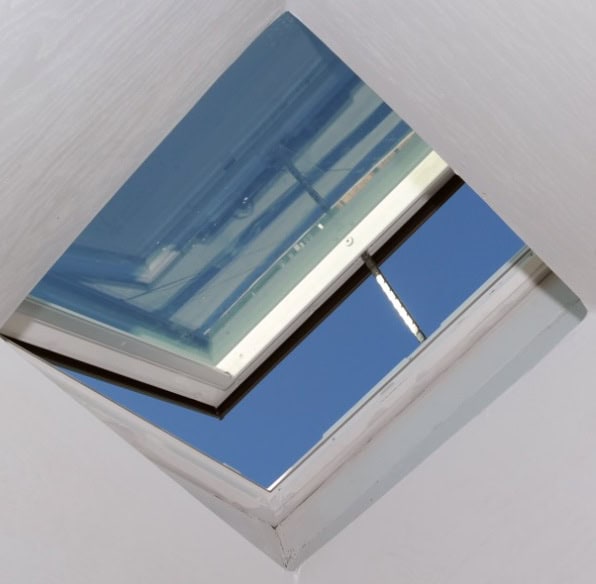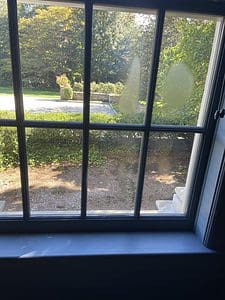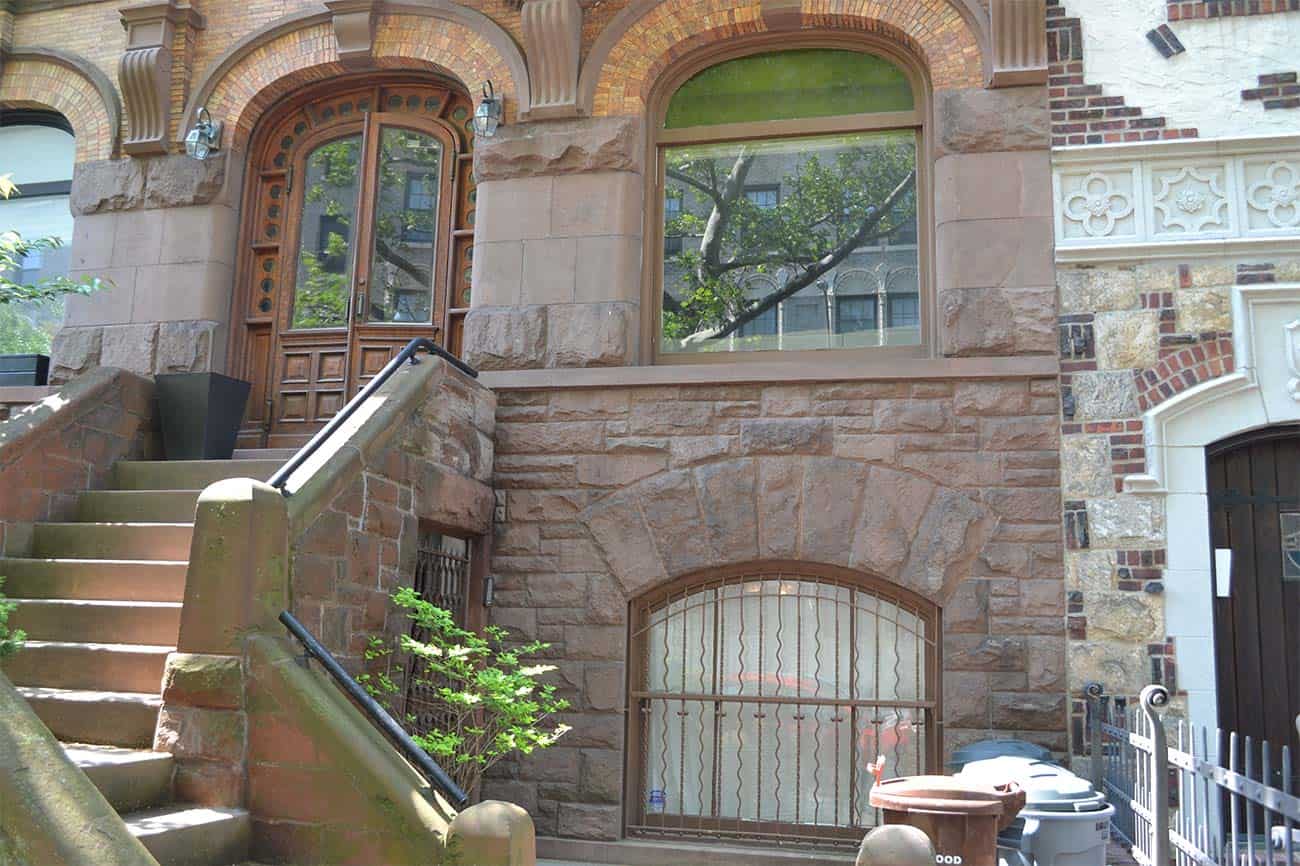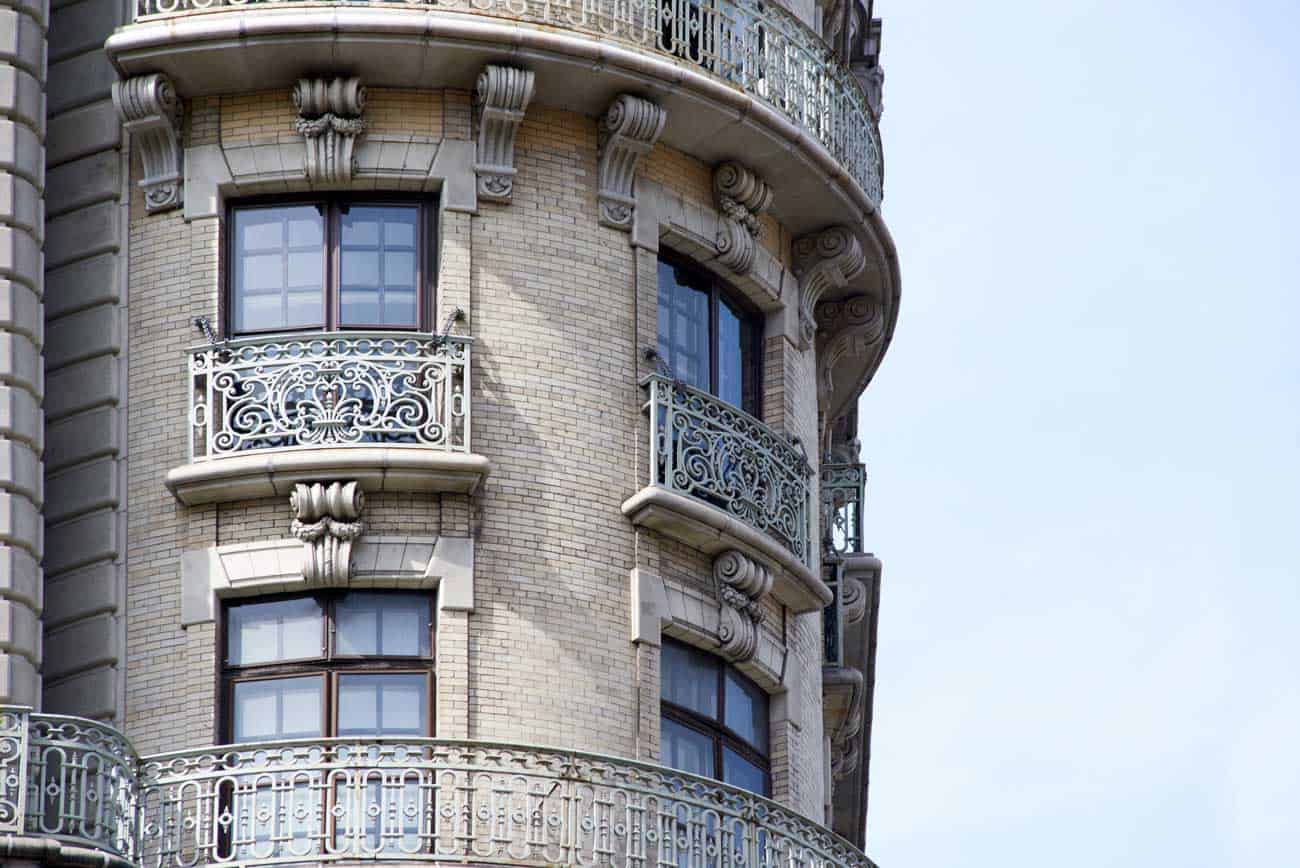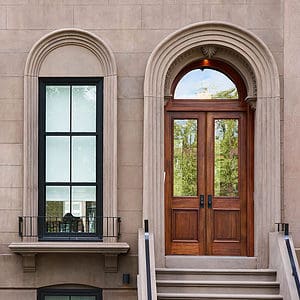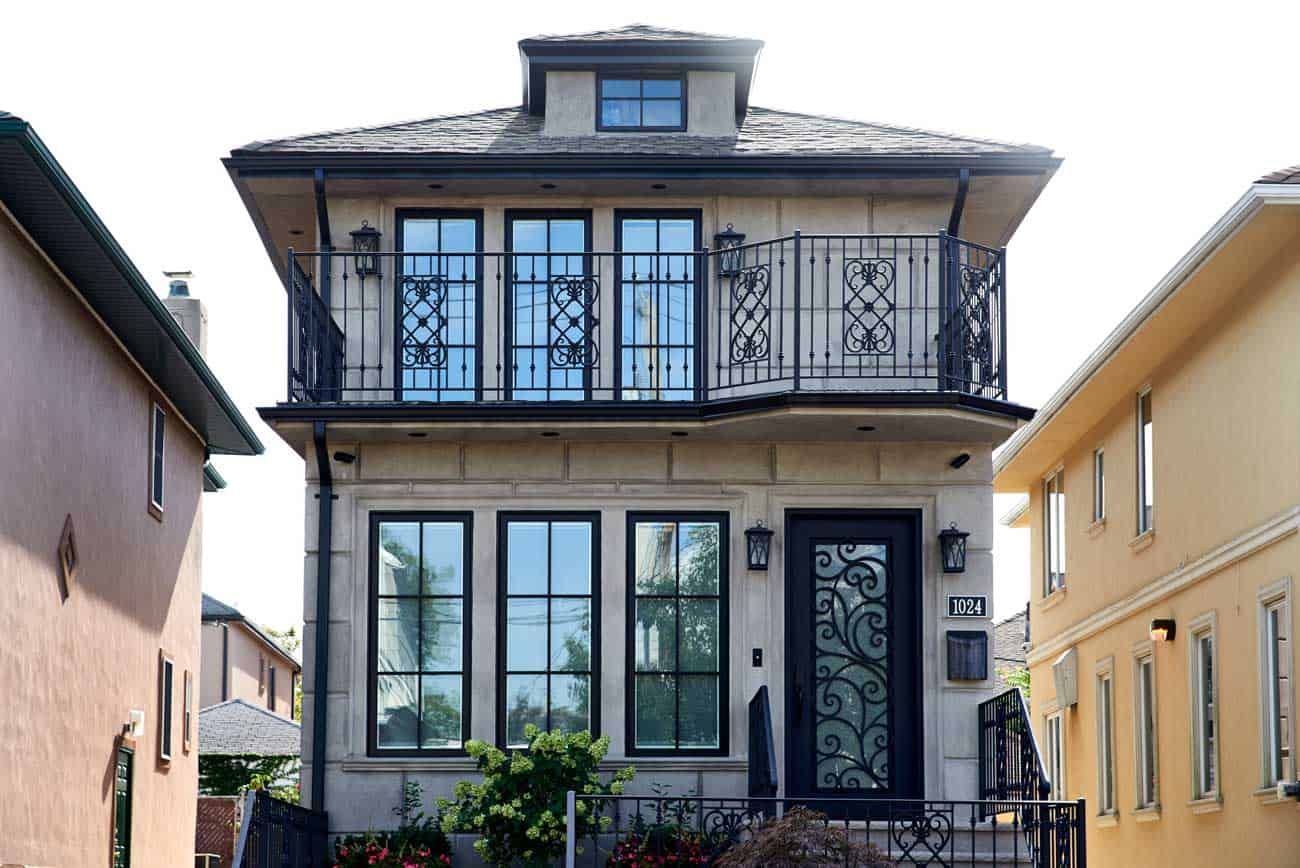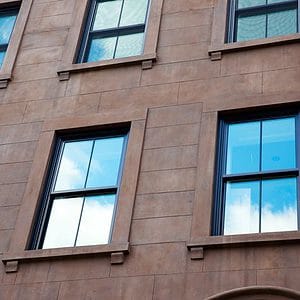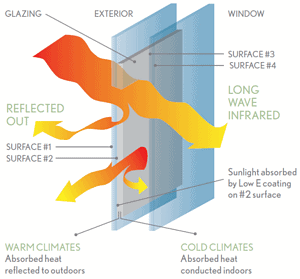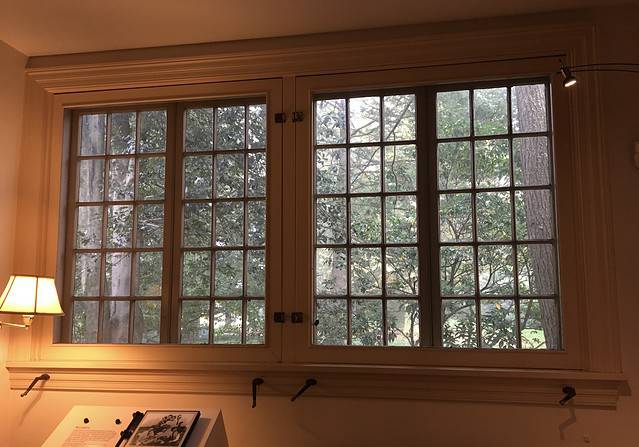Energy Efficiency 100% Simplified
Understanding Energy
In the chilly embrace of winter, the battle against high heating bills and the discomfort of cold drafts can leave homeowners feeling defeated. But fear not, for the solution might lie right within your home: in your windows and doors.
These often-overlooked elements play a crucial role in maintaining comfort and energy efficiency. In this post, we’ll explore how windows and doors impact heating bills, contribute to cold drafts and heat loss, and discuss strategies for improvement, including upgrading to low-maintenance materials and enhancing insulation.
Learn more from the U.S. Department of Energy.
Grappling With the Issues
- The Culprit Behind High Energy Bills
- High energy bills can often be traced back to inefficient windows and doors.
- Older, single-pane windows and poorly insulated doors allow heat to escape, forcing HVAC systems to work harder and resulting in increased consumption and higher utility costs.
- The financial strain of these bills can be significant, impacting household budgets and diminishing the overall comfort of the home.
- Cold Drafts: A Symptom of Heat Loss
- Cold drafts are more than just an inconvenience; they’re a sign of heat loss. And are also a sign that your conditioned air is leaking out in the warmer months.
- Drafts typically occur around windows and doors due to gaps, cracks, or inadequate insulation, allowing air from outside to infiltrate the home.
- In addition to discomfort, drafts contribute to uneven heating and cooling and can exacerbate energy inefficiency, leading to further increases in heating and cooling costs.
The Solution: Improved Insulation
- Understanding Insulation Principles
- Effective insulation is key to reducing heat loss through windows and doors.
- Insulation works by creating a barrier that slows down the transfer of heat, helping to maintain a comfortable indoor temperature and reduce the workload on heating systems.
- Proper insulation not only improves energy efficiency but also enhances the overall comfort and livability of the home.
- Upgrading to Energy-Efficient Windows and Doors
- One of the most effective ways to address heating and cooling loss and high utility bills is by upgrading to energy-efficient windows and doors.
- Modern options, such as double or triple-pane windows with insulating gas fills and low-emissivity coatings, offer superior thermal performance compared to traditional single-pane windows.
- Similarly, insulated exterior doors with proper weatherstripping can significantly reduce thermal transfer and improve energy efficiency.
- Exploring Low-Maintenance Materials
- In addition to improving insulation, homeowners can also benefit from choosing low-maintenance materials for their windows and doors.
- Materials like vinyl, fiberglass, and clad wood offer durability and longevity, requiring minimal upkeep over their lifespan.
- Low-maintenance windows and doors not only save time and effort but also contribute to long-term energy savings by maintaining their insulation properties over time.
Practical Strategies for Implementation
- Sealing and Insulating Existing Windows and Doors
- For homeowners unable to invest in full replacements, there are several cost-effective strategies to improve the performance of existing windows and doors.
- Caulking and weatherstripping can be used to seal gaps and cracks around window and door frames, reducing cold drafts and heat loss.
- Installing insulating window treatments, such as thermal curtains or cellular shades, can further enhance insulation and improve energy efficiency.
- Investing in Professional Installation
- Proper installation is crucial for maximizing the energy efficiency of windows and doors.
- Hiring a professional installer ensures that windows and doors are properly fitted and sealed, minimizing the risk of air leaks.
- While DIY installation may seem cost-effective initially, investing in professional installation can yield long-term savings through improved energy efficiency.
Take Away
Windows and doors play a critical role in determining the energy efficiency and comfort of your home. By addressing issues such as high energy bills, drafts, and thermal loss through improved insulation and the use of low-maintenance materials, homeowners can transform their living spaces into energy-efficient sanctuaries. Whether through upgrading to energy-efficient windows and doors or implementing practical strategies for insulation, taking action to enhance the performance of these essential components can lead to significant savings on energy costs while creating a more comfortable and inviting home environment.
